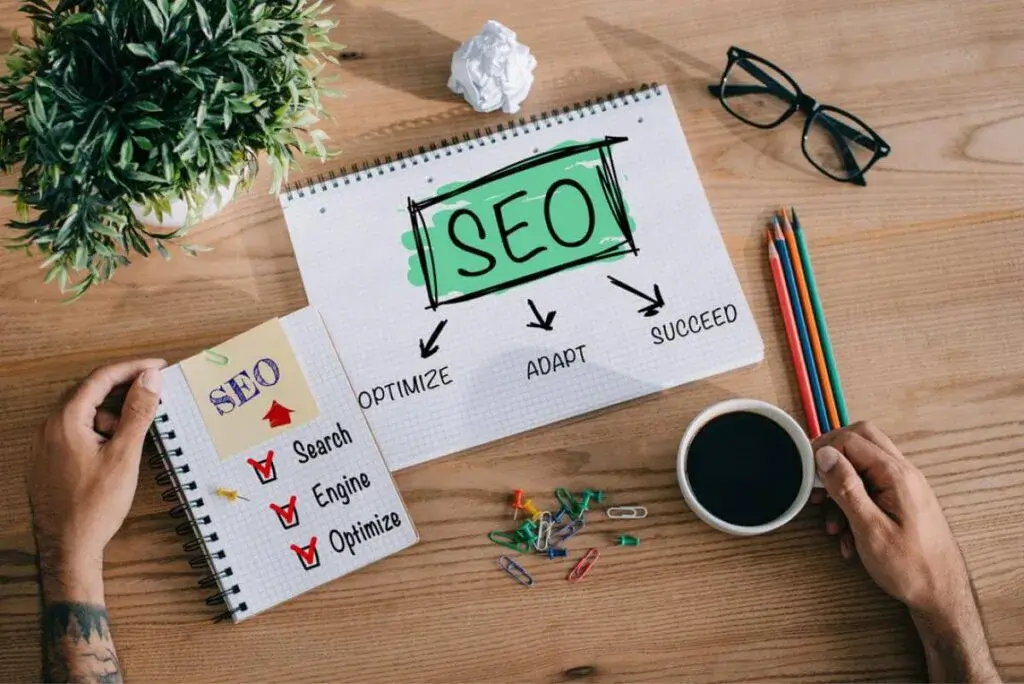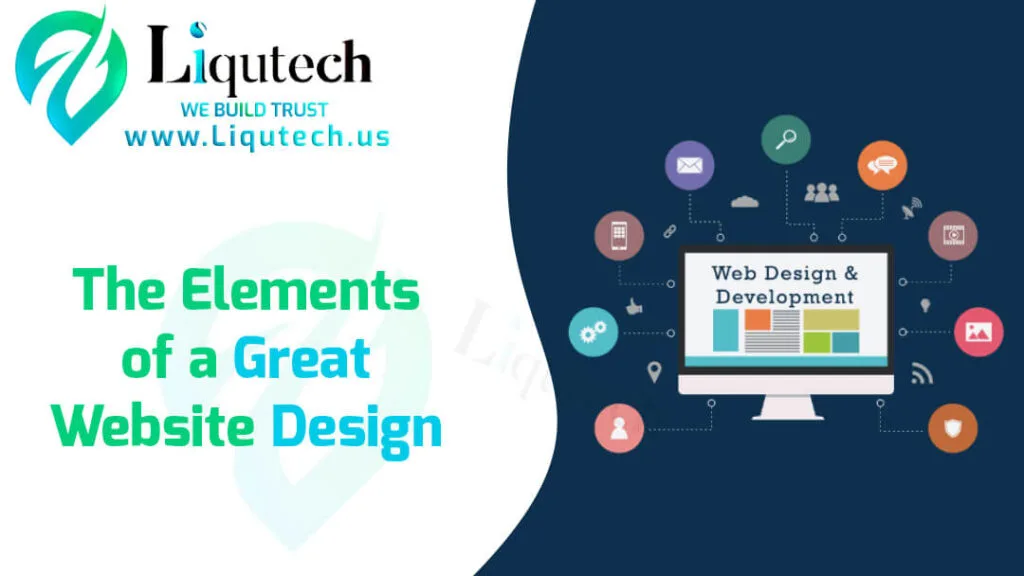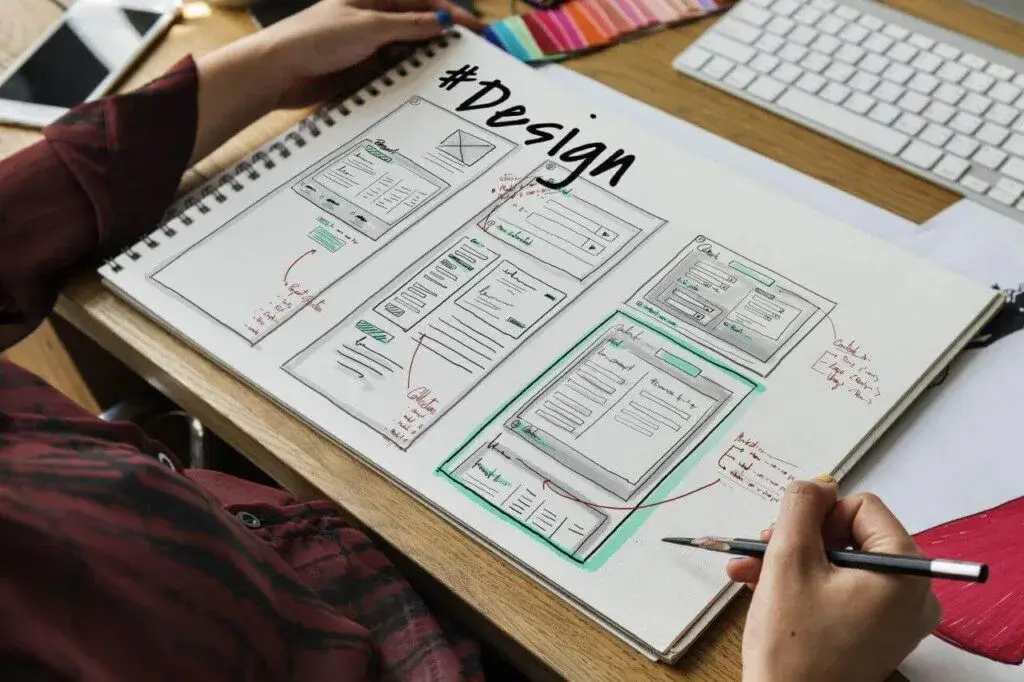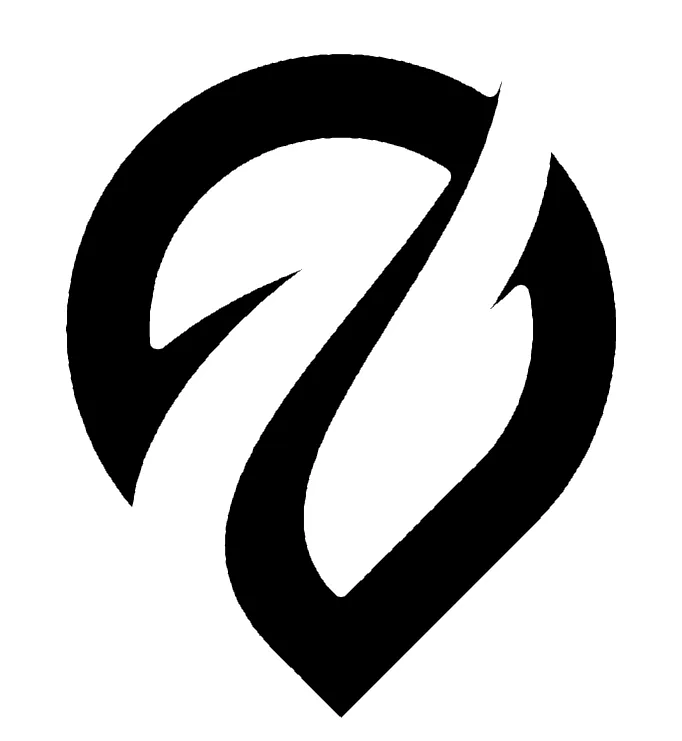A well-designed, optimized and maintained website acts as the heart of your business operations and marketing efforts. It can make or break your business, brand perception, and reputation.
After planning and considering every aspect of your digital marketing plan, your website is what will help you meet all of those marketing and business goals. It is the vehicle that carries and delivers all of your digital marketing essentials on the web.
To help you determine if your website is well designed, and to accomplish your business and marketing goals, make sure your website has the following key components of great Website design:
The Elements of a Great Website Design
1. Friendly user experience
When designing your website and planning your brand image, always keep users in mind. Make sure your website is as easy to use intuitively. Otherwise, users will lose interest and leave.
Make sure it is easy for users to find and click all links on your website, and ensure the website loading speed is fast. The website should also display properly whenever users are accessing it on their mobile devices.
Google now considers website loading speeds and mobile friendliness as key ranking factors in their search results pages. If you want your website to rank highly on Google, optimize it for these factors. Users also love visiting websites on mobile devices and want them to load fast.
2. Search engine optimized (SEO)
When approaching web design with SEO in mind, you should think about the objectives you want the website to achieve long-term. New trends in web design come and go all the time, but your presence online and brand image is something you want to stay and remain intact.
So, don’t emphasize or dwell too much on fleeting web design trends. Instead, focus more on website functionality and user experience. For example, one of the popular trends in web design today is parallax. This is a design that features a single page that keeps on going forever when users scroll the page. It may be popular with some users and web designers, but search engines are not the biggest fans of parallax design. And who knows if this website design trend will remain popular a few years from now.
Focus on optimizing your website for leading search engines that people are using to find your business. This includes using on-page and off-page optimization techniques. On-page SEO deals with aspects on your website that can be optimized for search engines, like adding catchy headlines, meta descriptions and alt tags in images. Off-page SEO involves aspects on other websites on the internet that can be optimized to improve the ranking of your website, likely build quality backlinks and social signals.
Also, because users and search engines love a website design that is easy to use and mobile friendly, meeting this need is another way to optimize your website for search engines. Go for a responsive website design. As the future of online searches is going mobile, search engines like Google and Bing have started rewarding responsive websites with higher ranking.
Besides, a responsive design not only trims the need for running two websites for desktop and mobile, but also assists in attaining low bounce rates.

3. Conversion optimization
A website’s design has a huge impact on conversion rates. Good design improves conversion rates, and vice versa. You, therefore, must pay attention to the main elements of your website design that impact conversion rates.
Here are the primary design elements that impact conversion rates:
I. Navigation
It is easy to see how website navigation and accessibility impact conversion rates. Sites that offer a confusing and frustrating navigation experience may lose users’ interest and business.
On the other hand, the site that gives a seamless, intuitive navigation structure encourages users to continue browsing, which ultimately leads to higher conversion rates in terms of sales and subscriptions.
II. Color
Color has the power of swaying people’s emotions and attitudes. Use color on your website and on its elements appropriately to sway the right customers, at the right time and for the right reasons.
For instance, if your website sells bouncy jumpy houses, then you cannot use black color. You should use colors that are vibrant and bright. On the other hand, if your site deals with selling products for women, then it may not be as effective to use dull colors, like light brown.
Some experts recommend using colors that are big and bold for titles, and navy for call-to-action (CTA) as it increases trust among customers. It is, however, always recommended to conduct your own experiments with different colors and select the ones that best meet your objectives.
III. Wording
The words used in CTAs on a website directly influence conversion rates. Words such as “free,” “offer expires soon,” and “download now,” for example, can increase conversion by 5%.
Be deliberate when choosing words on your website CTA buttons, links and so on to increase conversions.
IV. Branding
There is a crucial difference between branding and website design. But website design impacts branding. The website design is not your brand, but it is one of the essentials of branding that aids you in establishing trust and positive relations with your audience.
Branding is like an investment that multiplies with the passage of time. It is that extra identifying factor that makes your audience say, “This is an entity whose products and services I trust.”
Elements of branding such as packaging, trademarks, logos, names, and taglines are key to establishing the right perceptions of your business and brand in the minds of customers. People will only pay attention to and buy from the brands that they respect and trust.
The probabilities of increasing conversion rates goes up when you create a trustworthy association between products on offer and a trusted brand.
Select all the different elements of your website design carefully, including color and graphics, to link to a trusted brand (hopefully yours). This can be an effective strategy that builds your brand and improves your market position from a web design perspective.





